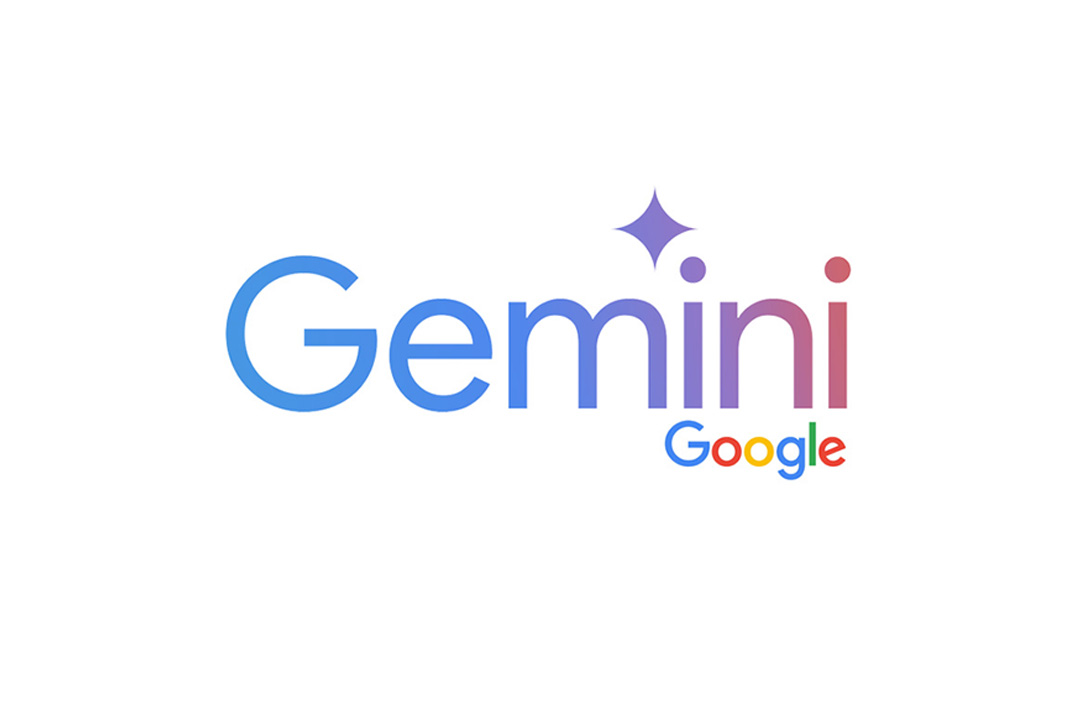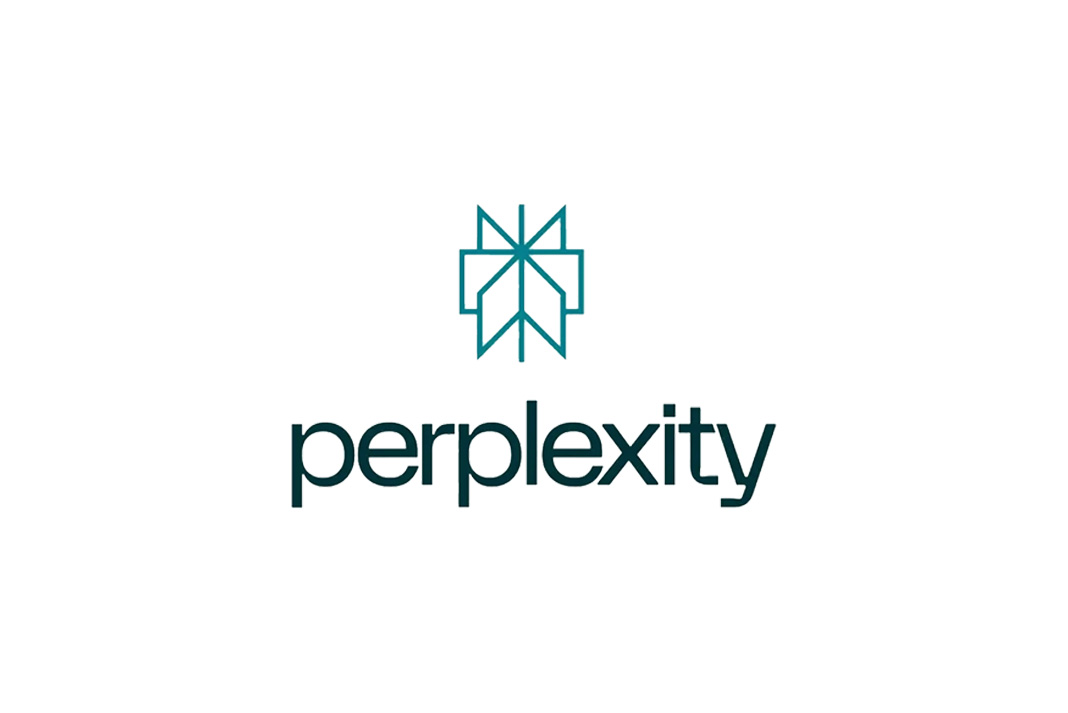So, the last couple of weeks have been busy for the Gemini crew. Honestly, it feels like every time I check in, there’s another update rolling out, some tweaks, some big leaps. This month, the focus has been on grounding responses in your own data, making conversations with files and images way smoother, and giving developers a bit more flexibility with how they use the models. If you’re using Gemini for anything from campaign briefs to syncing inventory with Shopify, or just auto-summarising call transcripts, there’s probably something here that’ll make your life a bit easier.
—
✅ File Search API (Public Preview)
Gemini’s File Search API is now in public preview, which means you can finally ground responses in your own files. Basically, you can upload a document, spreadsheet, or PDF, and Gemini will pull answers straight from it. For marketers, this is a game-changer when you need to pull stats from a quarterly report or draft a campaign brief based on internal data. Developers can now build apps that answer questions about company docs without having to pre-process or index everything manually. It’s like having a smart assistant that actually reads your files, not just guesses.
—
✅ Data Classification in Google Drive (Beta)
Gemini models can now apply data classification labels in Google Drive. If you work in an enterprise environment, this is a big deal. Admins can set up automated labelling for sensitive documents, contracts, or financial files. For example, if you’re in legal or compliance, you can have Gemini flag documents that contain PII or financial data, making audits and searches way less painful. The beta’s open to Enterprise Plus customers, but you’ll need to apply to get in. It’s not magic, but it’s a solid step towards smarter, safer file management.
—
✅ Gemini Live Conversations with Files, Images, and Videos
Gemini Live on Pixel now lets you share files, images, and even YouTube videos in your conversations. You can upload a document and ask Gemini to summarise it, or drop in a screenshot and get suggestions. For content writers, this means you can quickly get feedback on a draft. For analysts, you can upload a chart and ask for insights. And if you’re watching a YouTube video, you can ask Gemini to explain a tricky part or give you a summary. It’s not just chat anymore, it’s more like a real-time research assistant.
—
✅ Adaptive Thinking Models (gemini-2.5-pro and gemini-2.5-flash)
Gemini’s latest models, gemini-2.5-pro and gemini-2.5-flash, now come with adaptive thinking. This means they can handle more complex tasks, like coding, math, and image understanding, with better accuracy. For developers, this is handy when you need to debug code or generate scripts. For marketers, it means more reliable content generation and analysis. The models are rolling out to Gemini Advanced subscribers and Google Workspace business and education plans, so if you’re on those, you’ll start seeing the improvements in your daily workflows.
—
✅ Multi-Tool Use and URL Context (API)
The Gemini API now supports multi-tool use, so you can mix code execution and grounding with Google Search in the same request. You can also add URLs as context to your prompts. For example, if you’re building a research tool, you can pull in live web data and run code to process it, all in one go. It’s a bit like having a Swiss Army knife for your API calls, more flexibility, less hassle.
—
✅ Native Audio and Real-Time Music Generation
Gemini’s Live API now has native audio output, and there’s a new model, lyria-realtime-exp, that generates music in real time. If you’re building voice apps or need background music for videos, this is a solid upgrade. For content creators, it means you can generate audio clips or music tracks without leaving the Gemini ecosystem. It’s not going to replace a full DAW, but for quick prototyping or simple tracks, it’s kind of a game-changer.
—
✅ Asynchronous Function Calls (Live API)
The Live API now supports asynchronous function calls, which means you can run background tasks without blocking your main workflow. For developers, this is useful when you need to process large files or run long-running scripts. It’s like having a background worker that doesn’t slow down your main app.
—
So, if you’re using Gemini for anything from content creation to data analysis, there’s a good chance these updates will make your life a bit easier. The File Search API and data classification are solid wins for enterprise users, while the Live API upgrades and adaptive thinking models are a boost for developers and creatives. Honestly, it’s not every day you see this many practical improvements land in such a short time.
Want to try out the new features? Head over to gemini.google.com, give them a spin, and let the team know what you think. Or, if you’re building something with the API, check out the docs and see how these updates can fit into your workflow. Feedback’s always welcome, after all, that’s how these things get better.





